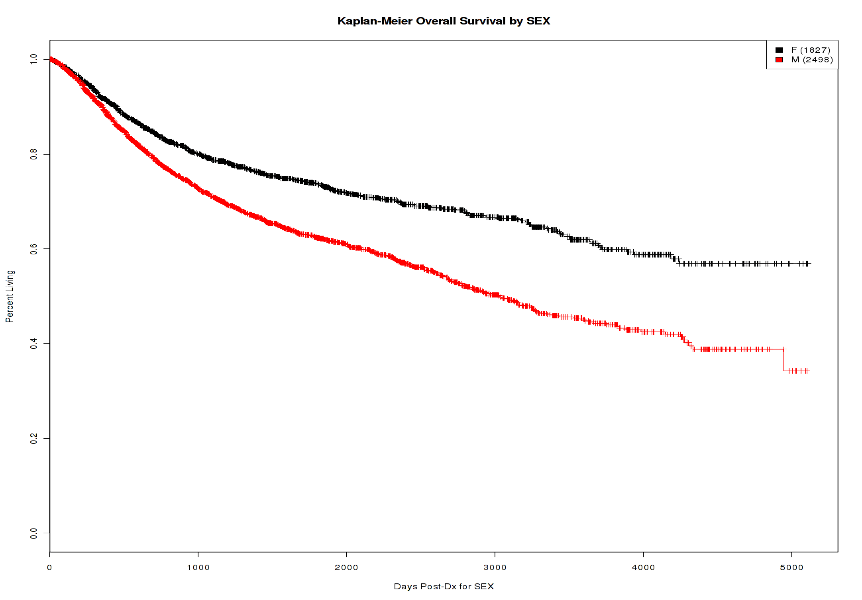Curation Application for Disease Database (CADD)
CADD is a secure web application based on the SCIRDB platform that enables research groups to identify and curate program-driven databases containing core modules that include patient demographics, diagnosis, staging, metastasis, treatment courses, and related treatment regimens. Additional modules can be developed as needed.


